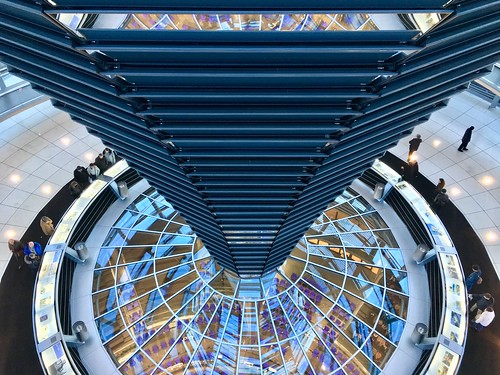In mammals sustained signaling by these cells of the innate immune program can activate an adaptive immune reaction, as dendritic cells undergo maturation/activation and launch cytokines that elicit T helper and effector cells [twelve,13]. When the inflammation-inducing injuries includes grafting genetically disparate cells or stem cells#129741-57-7Anemoside B4 randurls[1|1|,|Money Site URL List 1|]# that specific new proteins, the adaptive reaction can outcome in rejection of the transplanted cells [fourteen]. Irritation is extremely controlled and self-constrained, typically major right to programmed resolution and a return to regional tissue homeostasis with angiogenesis and tissue restore [fifteen]. Formerly regarded as a largely passive procedure, resolution requires synthesis and exercise of protein and lipid mediators that produce a wide selection of neighborhood anti-inflammatory outcomes including inhibition of each antigen-presenting mobile (APC) and T cell perform [168].The extent of the inflammatory response to injury and the performance of its resolution jointly establish the eventual result of the repair or regenerative approach [seventeen,19]. Monocyte-derived macrophages are of essential significance in the course of irritation and its resolution, with key roles in phagocytosis, antigen- presentation, and generation of various cytokines and matrix metalloproteases. Recognition and engulfment of apoptotic cells, largely leukocytes, by macrophages down-regulates their release of professional-inflammatory mediators and limitations fibrosis [20]. The relevance of these kinds of consequences for epimorphic regeneration is recommended by the modern demonstration that deletion of macrophages in an grownup urodele (the axolotl, Ambystoma mexicanum) during the preliminary interval after limb amputation resulted in the development of fibrotic limb stumps and full blockade of regeneration in all cases [21]. Elements mediating irritation and resolution are between individuals  most strongly up-controlled by amputation in the Xenopus hindlimb transcriptome and proteome [nine,22]. The purpose of the present review was to compare a variety of parameters of inflammation and resolution in amputated Xenopus hindlimbs at developmental stages able of essentially full epimorphic regeneration (stage 53), incompletely patterned regeneration with only two or three digits (stage fifty five), and either no regeneration or patterning (stage fifty seven). This experimental layout enables exams of the hypothesis that the nearby reaction to limb amputation adjustments in the course of the period when the capability to regenerate usually patterned limbs22216416 is steadily misplaced. The drop in regenerative potential was found to be accompanied by extended expression of many variables mediating resolution of inflammation in the amputated limbs.
most strongly up-controlled by amputation in the Xenopus hindlimb transcriptome and proteome [nine,22]. The purpose of the present review was to compare a variety of parameters of inflammation and resolution in amputated Xenopus hindlimbs at developmental stages able of essentially full epimorphic regeneration (stage 53), incompletely patterned regeneration with only two or three digits (stage fifty five), and either no regeneration or patterning (stage fifty seven). This experimental layout enables exams of the hypothesis that the nearby reaction to limb amputation adjustments in the course of the period when the capability to regenerate usually patterned limbs22216416 is steadily misplaced. The drop in regenerative potential was found to be accompanied by extended expression of many variables mediating resolution of inflammation in the amputated limbs.